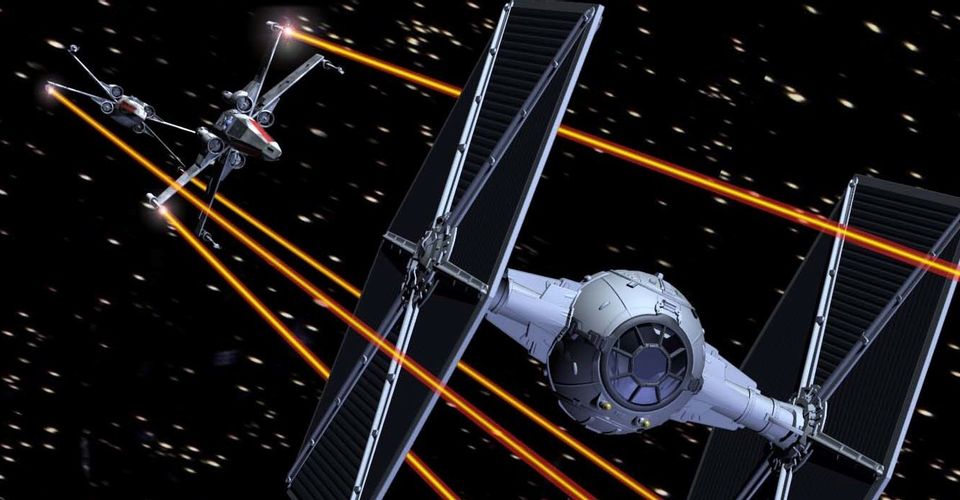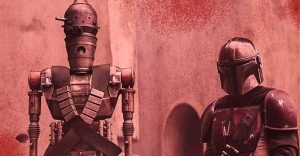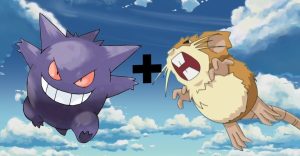The Critical Difference Between An X-Wing and TIE Fighter

Some may think that the Star Wars franchise is about wars that are waged amongst the stars. They would be correct. Coincidentally enough, multiple space battle are featured across the 9-film Skywalker Saga, as well as within the subsequent spin-off films and series. In the Original and Sequel Trilogies of the Saga, those battles are more often than not fought in the now iconic star fighters known as the X-Wing and TIE Fighter, used by the Rebellion/Resistance and Empire/First Order respectively. The key critical differences between the two ships are explored by an ex-Imperial pilot in the novel Alphabet Squadron.
The novel was written by author Alexander Freed from Del Rey Publishing, which also had a Marvel Comics crossover with the Star Wars: Tie Fighter miniseries. The novel is set shortly after the events of Return of the Jedi, where the Rebellion has won a major victory against the Empire, not only defeating the Emperor and Darth Vader, but also destroying the second Death Star. As a result, the Rebellion becomes the New Republic and the war begins against what remains of the Empire.
It’s during this time that former Imperial pilot Yrica Quell defects to the New Republic. Trying to prove her worth and loyalty to her new superiors within the New Republic’s leadership, she takes an X-Wing (without getting clearance) and flies out to investigate the whereabouts of her former TIE Fighter squadron known as Shadow Wing. She hoped to track them and take them down to impress her new allies. But as she readies to leave, in the cockpit of an X-Wing for the first time in her piloting career, she comes to a realization about the New Republic ship, and a critical element it carries that sets it apart from the TIE Fighters she used to fly.

When Quell hops into the X-Wing, she sees a set of controls she’s unfamiliar with. However, she quickly identifies it as the controls for her X-Wing’s shields, something that TIE Fighters don’t have at all. While a part of the Empire, she claimed to have attributed an X-Wing’s shields for sloppy flying: “Why learn to dodge when you can soak the damage?” she assumes the line of thinking was. The addition of shields also means that it’s not as maneuverable as a TIE Fighter, which is most likely why the X-Wing carries additional firepower as well, such as torpedoes. The X-Wing also has its own hyperdrive, meaning that it can jump to lightspeed if needed, whereas a TIE would need to re-dock with a larger transport such as a Star Destroyer. This all adds up to the notion that the X-Wing is more versatile than the TIE.
It makes a certain amount of sense. The advantage of the Empire has always been resources and numbers. A TIE is bound to be cheaper to make than an X-Wing, thanks to its lack of additional firepower, shields, or hyperdrive, meaning the Empire can produce more of them. It just goes to show that the Rebellion cared more about the individual pilots they had, making sure their X-Wing pilots had plenty of different means to not only win the day, but hopefully to also return home afterwards. In the Empire’s case, the whole point of a TIE Fighter’s design is so it can be mass produced on the cheap, allowing them to overwhelm their enemies with sheer speed and numbers, regardless of the casualties they suffer along the way. It’s an interesting distinction to notice and think about when watching the Star Wars films and its plethora of space battles and the factions’ differing dogfighting styles.
About The Author


















